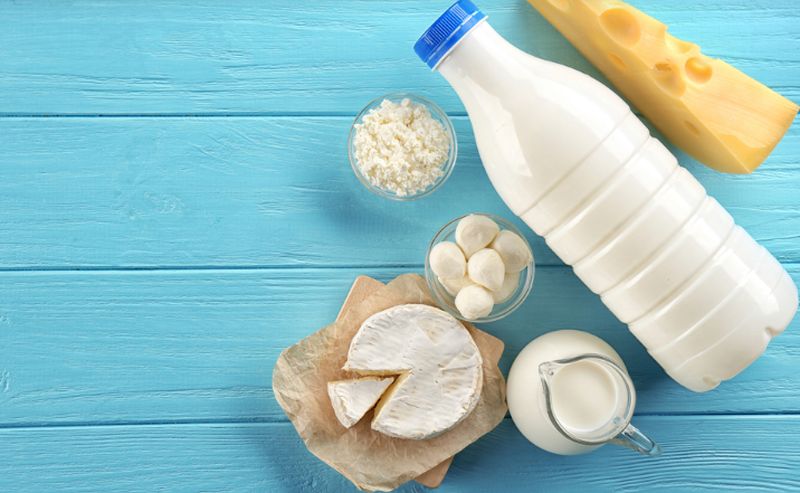milk prices,
export price,
Raw milk market
Raw milk prices monitoring: looses pressure and export hopes

The global dairy market is reacting painfully to the situation in Ukraine. Exports from Ukraine have stopped, which has significantly shaken the balance of grains and oilseeds in the world. It has been an additional pressure factor for the dairy market. An oil-price spike had a negative effect on the whole dairy chain. High cost of milk production continue to rise and the outlook is not favourable. For example, average global prices of maize have risen by 20.8% over the year, soybean prices by 14.5% and oil prices by 55.2%.
As a result, an increase of milk prices in the main export regions is not encouraging farmers to increase milk production. Average milk production in Europe has been declining for several months. According to the latest figures (February 2022), the region produced 0.7% less milk than in the previous year.
In addition, data from several Global Dairy Trade (the world’s leader in global dairy trading) auctions show a decline in dairy prices amid falling import demand from China, which, due to new Covid outbreaks and significant stocking, is still fairly restrained in buying dairy products.
Thus, according to official trading data, the GDT price index for dairy products has fallen the most since January 2022 — by 8.5%. The price for all dairy products has decreased. The price for butter decreased by 12.5% to $ 5.8/kg, while anhydrous milk fat dropped by 12.1% to $ 6/kg. Cheddar was sold at $ 5.6/kg (-8.6%). Skimmed milk powder averaged $ 4.1 (-6.5%) and whole milk powder (WMP) — $ 3.9 (-6.5%).
Trends in the Ukrainian dairy market in early May are developing in a more «vacuum environment». Currently there are few real export deliveries and pricing is largely dependent on domestic market. Before Easter the demand for dairy products increased. In addition, the market is experiencing an increase in demand due to the return of refugees to Ukraine (more than 1 million Ukrainians have returned home). Moreover, dairy factories in the de-occupied regions have resumed operations, but milk supply has fallen by an average of 50% in areas affected by fighting, according to preliminary estimates. If export sales revive, against the background of the abolition of customs and tariff regulation by the EU, it will be an additional factor of the increase in the prices.
In general, due to a big difference in the milk prices (depending on the region and the military situation), the average market prices for milk and actual prices in each region differ significantly.
Thus, the average price for Extra Grade milk at the beginning of May was at UAH 10.40/kg (excluding VAT). At the same time, enterprises with a stable supply had a price in the range of UAH 10.90−11/kg (although individual farms that are logistically very close to large plants and the plant's logistics costs are minimal, receive UAH 11.1 or 11.2/kg).
The price range for Higher Grade milk was 10−10.65 UAH/kg. The average price was 9.94 UAH/kg. Grade 1 milk was purchased at 8.5−10 UAH/kg (excluding VAT). The average price was at 9.82 UAH/kg.
Further developments on the Ukrainian dairy market will depend primarily on the situation on the military front, as well as the possibility of resumption and revival of exports. After all, it should be understood that domestic demand in the market will be limited due to the end of the Ukrainians' savings and the traditional decline in consumer demand for dairy products in summer. Meanwhile, dairy farm costs of production will continue to rise like in most countries of the world. Rising prices for fuel and lubricants, which occupy a significant share in total production costs of dairy products and second largest share of raw milk production on the farm, will significantly limit the efficiency of the dairy business.
milkUa.Info